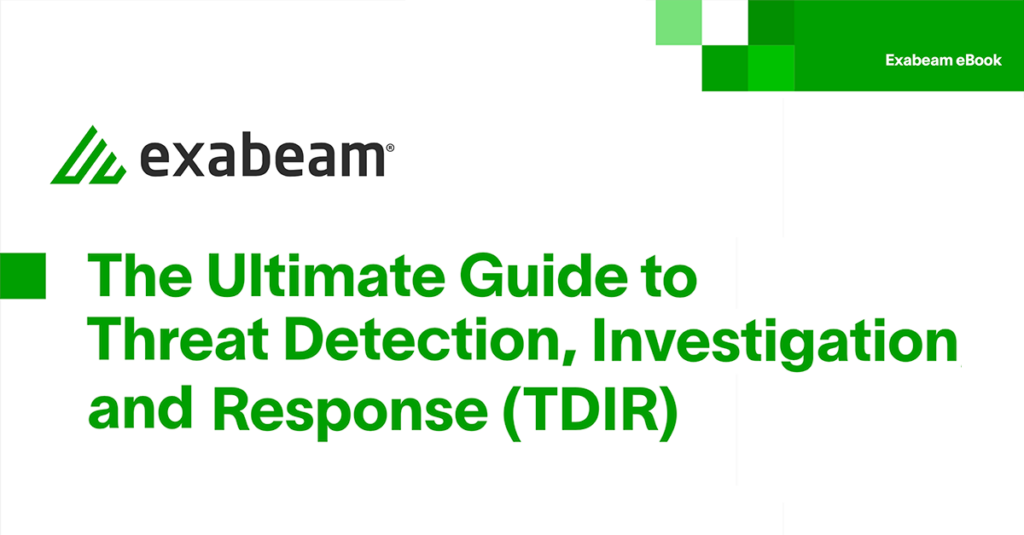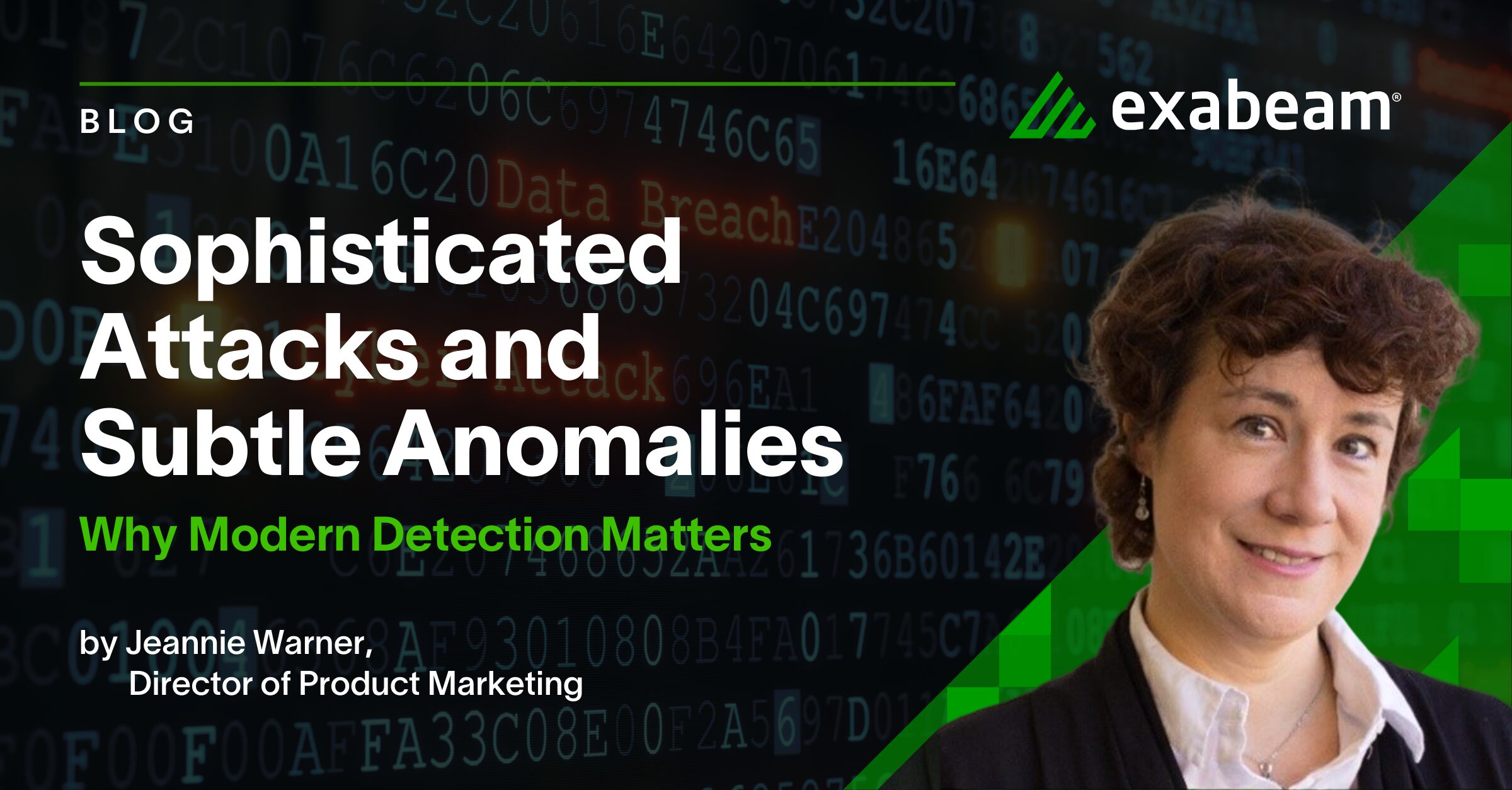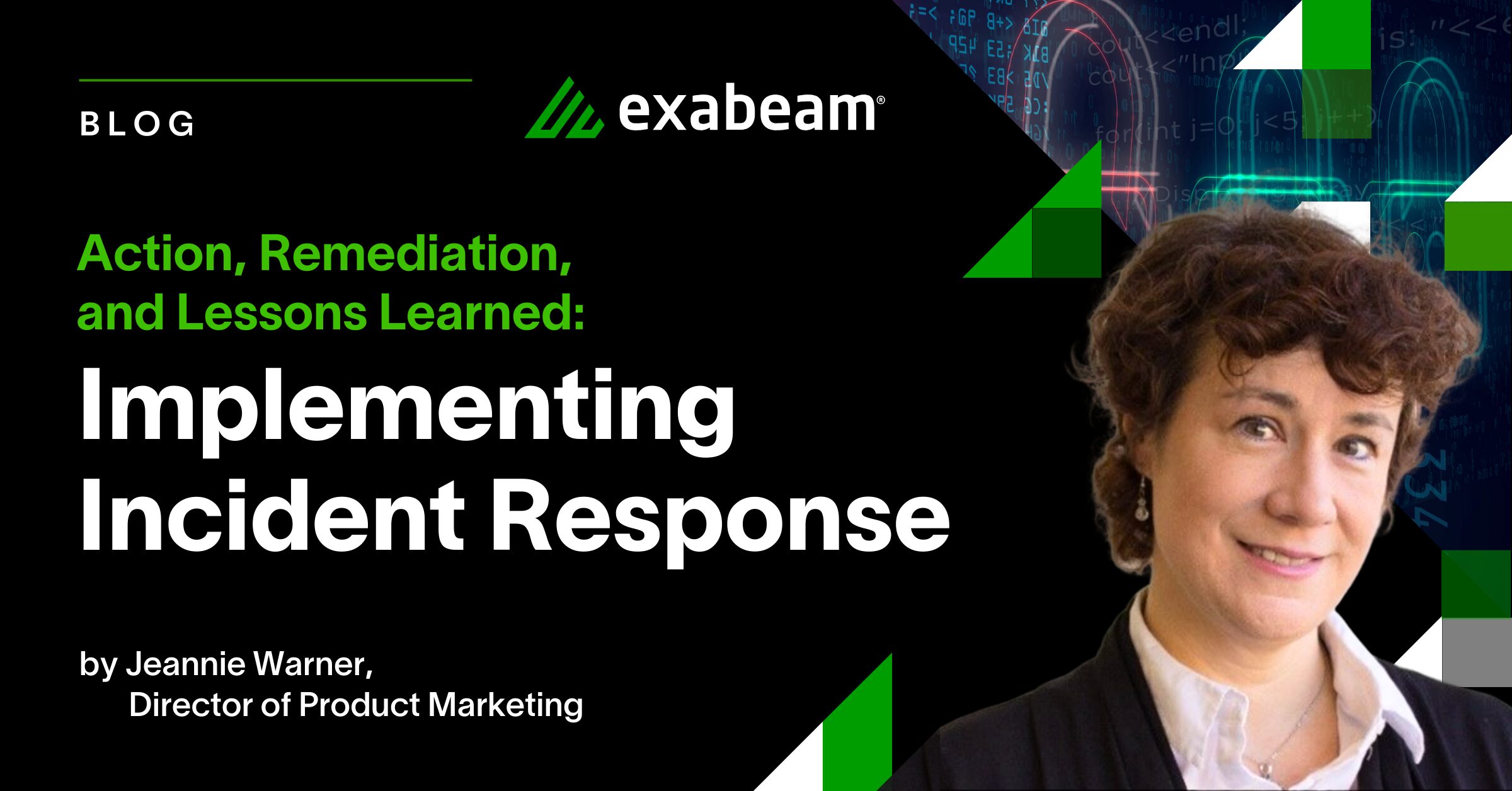In theory, security operations centers (SOCs) are familiar with the myriad attack methods deployed by threat actors today. It’s a long list that includes password cracking, vulnerability scanning, intelligent system weakness detection and exploitation, email compromises, and supply chain attacks, as well as ransomware attacks, fraudulent transactions, payment gateway fraud, distributed denial of service (DDoS) attacks, and more.
But in practice, identifying and intercepting such attacks has never been more challenging, as threat actors continue to improve the speed, scale, and sophistication of their techniques. Not to mention, AI-enabled attacks have entered the fray, with convincing deepfakes and adaptive malware being just a few of the emerging attack methods SOCs have to defend against.
In this article:
To meet this challenge head-on, threat detection, investigation, and response (TDIR) processes are essential — and detection, as the first part of that equation, is especially critical. Almost every advanced attack attempt begins with some sort of anomalous behavior, and the ability to spot it early is what sets the best SOCs apart.
Defining threat detection
Threat detection initiates the TDIR workflow. When performed successfully, it should empower analysts by determining which log events qualify as incidents and either automatically opening a case, or flagging them for further review.
Threat detection consists of systems and processes put in place to trigger alerts. Everything from data onboarding, preparation, and ingestion, to rules and correlations comprise detection. For some platforms, more advanced capabilities like behavioral model development, deployment, and learning user and device behavior are embedded into detection as well.
The end game is automating and generating genuine, actionable alerts that warrant further inquiry and initiate the second phase of the TDIR workflow: investigation.
Why detection isn’t easy
Contrary to the hyperbolic marketing of some vendors, there’s no single technology stack that can stop all breaches. It may seem simple enough — having threat detection systems in place generates alerts, and alerts let analysts know what to investigate — but as too many security professionals have experienced, the truth is a lot more complicated.
When monitoring all possible log streams, the volume of alerts can be overwhelming, and security operations teams face alert fatigue. Legitimate incidents are hidden amid a cacophony of false alarms. And traditional static signature-based detection, which predicts an attacker’s strategy using correlation rules and pattern matching, falls short when it comes to previously unknown threats, ever-changing conditions, and credential theft and misuse.
In a recent report by IDC, commissioned by Exabeam, more than half of the organizations surveyed experienced security incidents in the past year that were significant enough to require additional resources to remediate. In these cases, what stands out is how susceptible organizations are, despite having investments in dozens of tools that support TDIR. In addition, the report identified limited visibility, a lack of automated processes, insufficient threat intelligence, and a shortage of skilled personnel as other common problems.
The complexity of modern cyberattacks has shaken security leaders’ confidence in their defense capabilities. Insufficient threat intelligence concerns 37% of respondents, while 33% say they need help updating detection rules.
How to do detection right
Security information and event management (SIEM) solutions power detection by collecting log and event data from across systems, networks, and infrastructure — and help spot threats across disparate layers in ways that individual security systems can’t. While yesterday’s SIEM tools may be notorious for being cumbersome and monolithic, with custom hardware and proprietary software that are difficult to update and costly to maintain, today’s next-gen, cloud-native SIEM solutions have changed the game.
An important component is user and entity behavior analytics (UEBA), which leverages machine learning AI to learn the normal behaviors of users, entities, and peer groups, and detect deviations. So while unknown threats and changing conditions may thwart traditional signatures and correlation, UEBA recognizes underlying attack behaviors because they depart from the norm; this makes it a critical tool for pinpointing potential high-risk incidents, yet around 35% of organizations surveyed by IDC say they struggle to understand what normal behavior looks like in their environment.
Modern SIEM solutions can also alleviate alert fatigue using to UEBA to filter out the noise, indexing and optimizing pertinent data to facilitate analysis, and distilling millions of log entries down to a handful of actionable security alerts.
To learn more best practices around threat detection and the other stages of the TDIR workflow, download The Ultimate Guide to TDIR.
Unlock Advanced TDIR Strategies
Discover the critical insights and advanced strategies needed to enhance your TDIR capabilities. Read The Ultimate Guide to TDIR — a comprehensive resource with essential practices to understand and master the TDIR workflow. Leverage the latest in security information and event management (SIEM) technologies, optimize your log management, and achieve excellence in incident response.
Elevate your cybersecurity strategy and improve your security team’s efficiency and effectiveness. Download your guide now.

Similar Posts
Recent Posts
Stay Informed
Subscribe today and we'll send our latest blog posts right to your inbox, so you can stay ahead of the cybercriminals and defend your organization.
See a world-class SIEM solution in action
Most reported breaches involved lost or stolen credentials. How can you keep pace?
Exabeam delivers SOC teams industry-leading analytics, patented anomaly detection, and Smart Timelines to help teams pinpoint the actions that lead to exploits.
Whether you need a SIEM replacement, a legacy SIEM modernization with XDR, Exabeam offers advanced, modular, and cloud-delivered TDIR.
Get a demo today!











